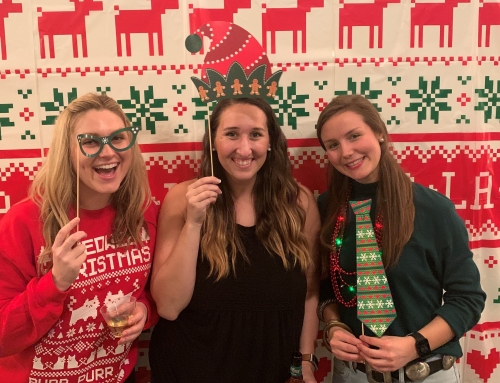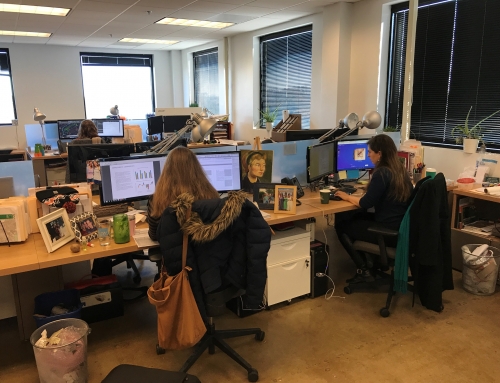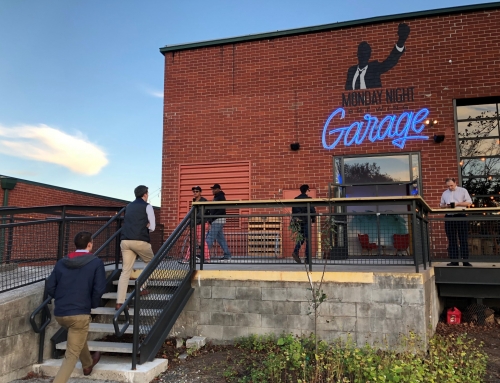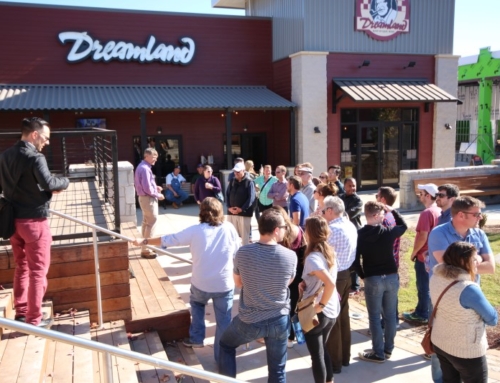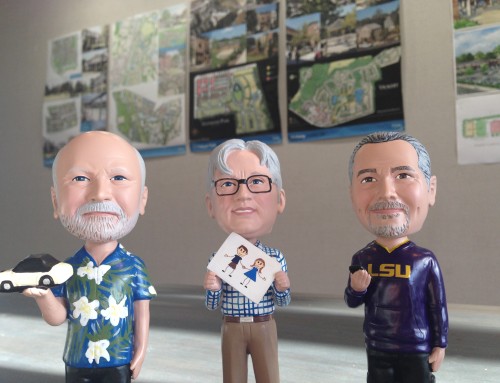Ponce-Moreland Corridor Study Featured in The Story
Atlanta’s weekly newspaper The Story recently featured the results of Tunnell-Spangler-Walsh’s visioning process on the Ponce de Leon / Moreland Avenue Corridor Study
LCI survey: Residents unhappy with status quo
by Camille Goswick
The Story
October 28, 2004
Results from an online survey that asked participants to rate images based on their compatibility with various sections of Ponce de Leon and Moreland avenues seem to say that residents and other stakeholders do not like many of the corridors’ current characteristics.
The survey, orchestrated by Tunnell Spangler Walsh and Associates, is part of a Livable Centers Initiative grant that will develop land use and transportation plans for the two corridors. Almost 700 people took the survey, which asked participants to rate a series of images on a scale from totally inappropriate to something that would fit perfectly.
Many images that reflected current land uses in both corridors got low scores. Respondents did not like the idea of stand-alone retail stores or restaurants that had surface parking out front. One image of a Waffle House, in its traditional brown and yellow box surrounded by parking, got consistently failing scores. Other images, several that were actual photographs of Ponce and Moreland, showed wide traffic lanes dotted with curb cuts for retail and office spaces in an environment obviously devoted to the automobile. Participants did not score those images well, suggesting that survey respondents were frustrated with the way the corridors are currently laid out.
What respondents did seem to love was the idea of a trolley line, in both corridors. The survey results showed high marks on an image of a trolley that traveled in current traffic lanes, with tracks laid into the asphalt. On Ponce de Leon, participants also liked the image of a trolley/light rail line that traveled in a dedicated lane. The survey results also showed that participants liked bicycle paths, whether they were situated within the roadway in a dedicated lane, or built alongside the road in the form of a concrete trail that could serve cyclists and walkers.
Participants also liked an image that showed a dedicated bicycle path down the center of a roadway. The path, paved with a different material than the roadway, was lined with trees on either side and bisected by crosswalks along the way.
The survey broke both corridors down into sections, such as Ponce de Leon from Penn Avenue to Ponce de Leon Court. There, respondents liked several different images of mixed-use residential, retail and office space that ranged from two to six stories. Participants also liked an image of a brownstone-type residential building. All the images that scored well here were pushed up against the street and created a friendly pedestrian environment.
From Freedom Parkway to Moreland Avenue, respondents liked much of the same idea, though perhaps with a different aesthetic. An image of a wide sidewalk with outdoor dining also scored well here.
One image that participants did not like for either Ponce or Moreland was one of a large housing complex. The buildings were three stories and were designed with the common apartment complex aesthetic of beige siding, some rock facade and gabled roofs.
On Moreland, survey participants did not like the current state of affairs on the southern end of the road, where five or six lanes of traffic make crossing the road a dicey venture. Respondents gave high marks to images of a trolley, a bricked crosswalk and a four-lane road with wide sidewalks and street trees.
From Ponce de Leon to Druid Place, respondents liked the idea of three- or four-story colonial style townhouses and also single-family Victorian inspired homes. They also liked seeing a mixture of retail and residential uses.
From Druid Place to Hardee Street, participants gave low scores to images of big-box retail with a wide landscape buffer between surface parking and the street. Participants also did not like an image of a one-story strip mall with surface parking, which exists now in spots along Moreland.
Respondents did like images of Little Five Points’ current retail area along Euclid Avenue, and also liked images of sidewalk dining.
Participants scored high images of brownstones and other townhouse-style residential uses, and most always gave high marks to images that depicted a wide sidewalk with street trees or other landscaping between the sidewalk and roadway.
Consultant Caleb Racicot said the “key response from the Moreland group is that the traditional pattern of vibrant commercial nodes separated by residential areas should be enhanced.”
Residents, businesses and other stakeholders can see a draft presentation of the plan November 20 and a final presentation in December.

Ponce-Moreland Corridor Study Featured in The Story

